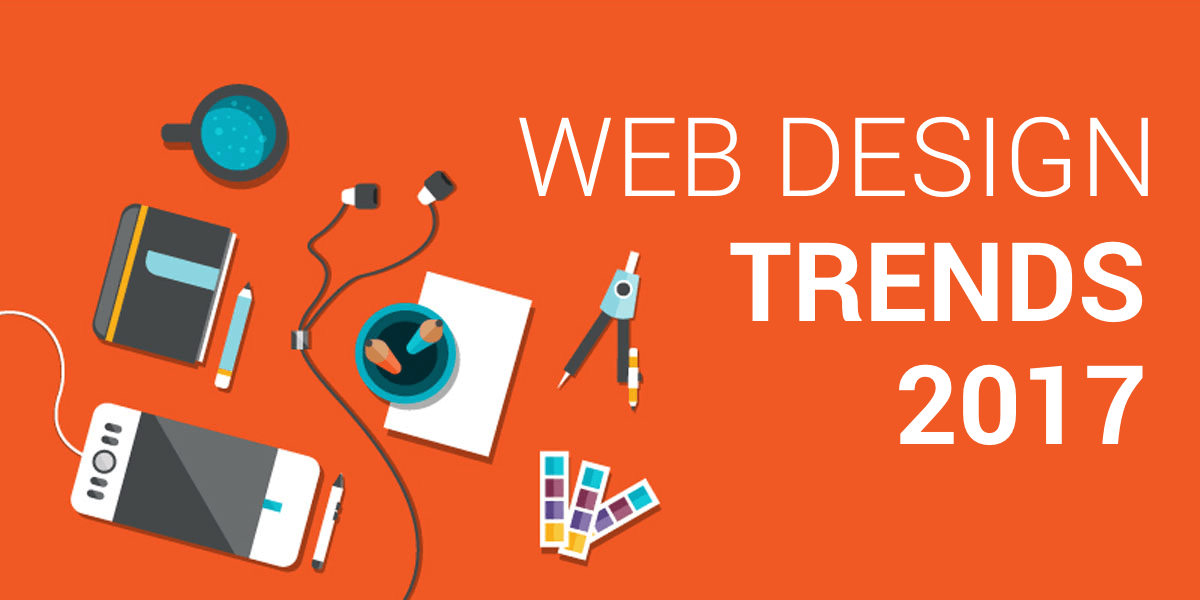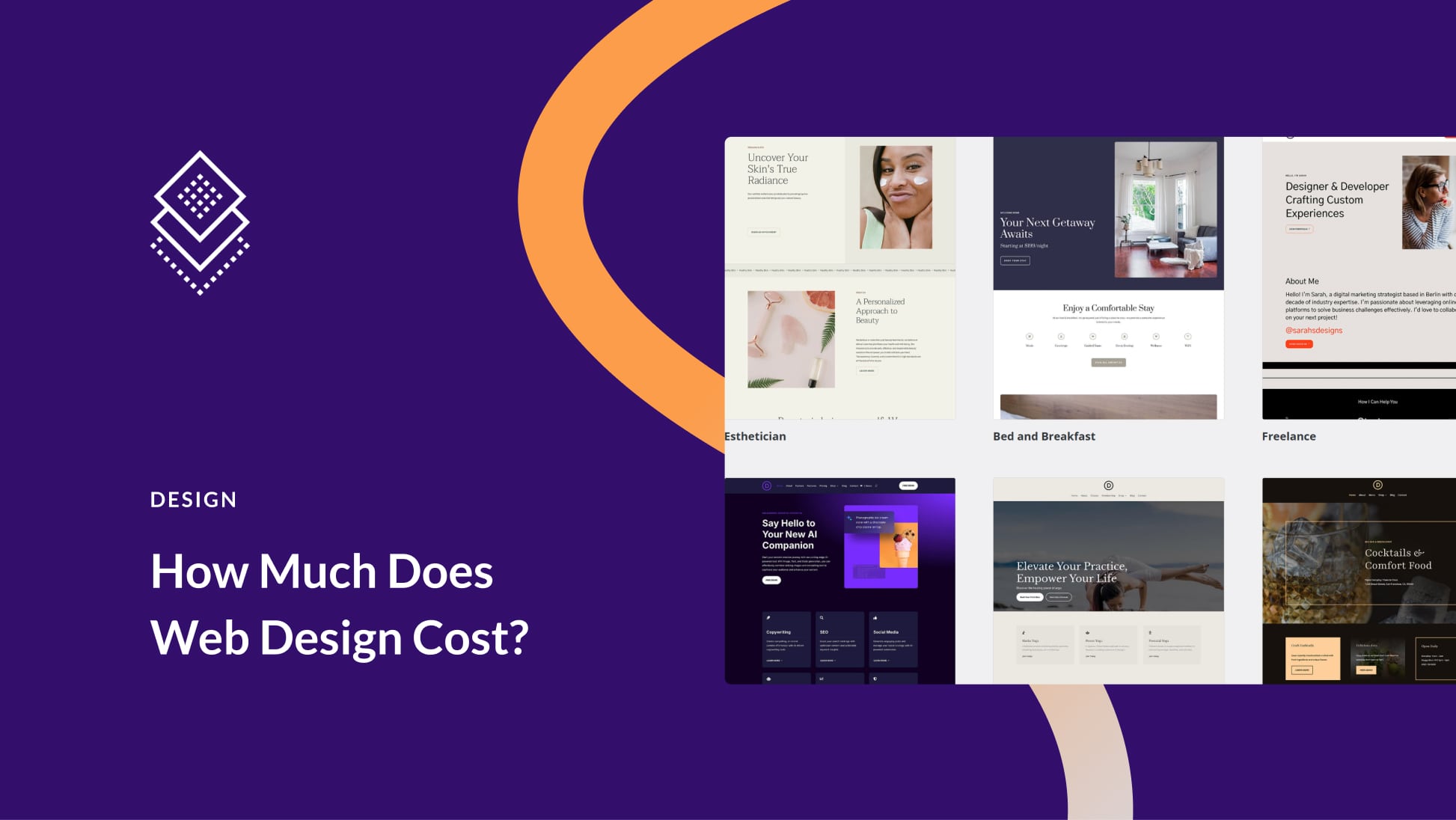Aligned Position Web Design: Building Beautiful and Functional Websites for Your Business
Aligned Position Web Design: Building Beautiful and Functional Websites for Your Business
Blog Article
The Best Sorts Of Website Design to Boost Individual Experience and Engagement
In the ever-evolving landscape of digital interaction, the performance of Web design substantially affects individual experience and engagement. Various layout strategies, such as minimal, receptive, and interactive layouts, each offer special benefits that can provide to diverse individual requirements.
Minimalist Web Design
As digital landscapes become progressively chaotic, minimalist website design has actually arised as an effective strategy to boosting customer experience. This layout ideology focuses on simpleness, concentrating on important elements while eliminating unneeded disturbances. By making use of enough white room, simple navigation, and a limited shade scheme, minimal style fosters clarity and routes individual interest to crucial web content.
The core concept of minimal Web style is to develop a seamless interaction for individuals. By minimizing cognitive load, individuals can promptly realize details without feeling overwhelmed. This direct approach not just enhances usability yet likewise encourages involvement, as visitors are more most likely to discover a site that is simple and visually appealing to navigate.
In addition, minimalist style commonly stresses typography and imagery, using these components strategically to convey messages successfully. In significance, minimal Web style is not simply a trend; it is a thoughtful approach that identifies the significance of user-centered design.
Receptive Web Design
In today's varied electronic atmosphere, responsive website design has ended up being important for producing a smooth customer experience throughout a multitude of devices. As users access sites on mobile phones, desktop computers, tablet computers, and laptop computers, the ability of a website to adjust its format and web content to different display sizes and resolutions is important.
Responsive Web design uses flexible grids, pictures, and CSS media inquiries to make sure that Web content exists ideally, no matter of the gadget used. This approach not only enhances the visual allure of a web site however likewise considerably enhances functionality. Users are more most likely to involve with a site that provides a constant experience, as it gets rid of the disappointment of having to focus or scroll excessively.
Moreover, internet search engine, consisting of Google, focus on mobile-friendly websites in search rankings. By embracing receptive style, businesses can boost their exposure and get to a more comprehensive audience. This strategy additionally simplifies internet site maintenance, as a solitary version of the website can satisfy all tools, decreasing the demand for multiple variations. In summary, receptive Web design is an essential practice that enhances individual experience, engagement, and general complete satisfaction.
Interactive Website Design
Receptive website design lays the groundwork for boosting user experience, however interactive Web layout takes this a step even more by involving individuals in a much more dynamic way - Aligned Position Web Design. By including components such as animations, clickable models, and real-time responses, interactive website design astounds customers, attracting them into a richer browsing experience
This visit this site right here technique not just promotes involvement yet additionally encourages users to check out content proactively as opposed to passively eating it. Strategies such as gamification, where users gain incentives for completing jobs, can significantly enhance the straight from the source time invested on a website and boost total complete satisfaction. Moreover, interactive functions can simplify complicated info, making it a lot more pleasurable and digestible.

Including interactive design components can also cause greater conversion rates, as individuals are most likely to engage with a site that proactively includes them. Aligned Position Web Design. Inevitably, interactive website design transforms customer experiences into unforgettable trips, ensuring that visitors return time after time
Apartment Style
Characterized by its minimalistic strategy, flat layout stresses simpleness and functionality, removing unnecessary aspects and concentrating on crucial features. This design philosophy prioritizes functionality, making certain that customers can browse user interfaces with convenience and performance. By employing a clean visual, level layout removes the mess commonly located in extra luxuriant designs, consequently improving user focus on material and performance.
The trademark of flat design exists in its usage of strong colors, basic typography, and geometric shapes. These elements add to an aesthetically attractive interface that is both modern and approachable. Furthermore, flat layout promotes a sense of clarity, allowing customers to discern important activities and info without interruption.
Additionally, level design is particularly reliable in responsive Web layout, as its simpleness translates well across numerous devices and screen dimensions. By focusing on essential features, flat style not only satisfies individual requirements but likewise urges smooth communication, making it an important element of reliable Web layout techniques.
Adaptive Website Design
Adaptive website design personalizes the individual experience by developing multiple repaired designs customized to various display dimensions and tools. Unlike receptive layout, which fluidly see this page adjusts a single layout, adaptive design employs unique formats for specific breakpoints, making sure ideal discussion on numerous systems. This strategy permits developers to concentrate on the one-of-a-kind features of each device, boosting use by supplying specifically what individuals require based upon their context.
One of the primary advantages of adaptive website design is its capacity to maximize tons times and performance. By serving customized web content and images that fit the user's device, websites can minimize information use and enhance loading speeds. This is particularly valuable for customers with slower links or restricted data strategies.

Additionally, flexible design assists in a more consistent and regulated branding experience. Since designers develop multiple formats, they can make sure that the aesthetic elements line up with the brand name's identification across different platforms - Aligned Position Web Design. This leads to a natural user experience, improving interaction and advertising customer retention
Conclusion
Minimal style promotes clarity and focus, while responsive style guarantees adaptability across numerous gadgets, promoting ease of access. Collectively, these design approaches add to the development of easy to use environments that not just enhance satisfaction but additionally drive higher conversion rates, emphasizing their essential importance in contemporary Web style techniques.

Minimalist style cultivates clearness and emphasis, while responsive design guarantees versatility throughout different tools, promoting availability. Jointly, these style comes close to add to the development of straightforward settings that not just boost satisfaction but also drive greater conversion prices, emphasizing their crucial significance in modern Web layout methods.
Report this page